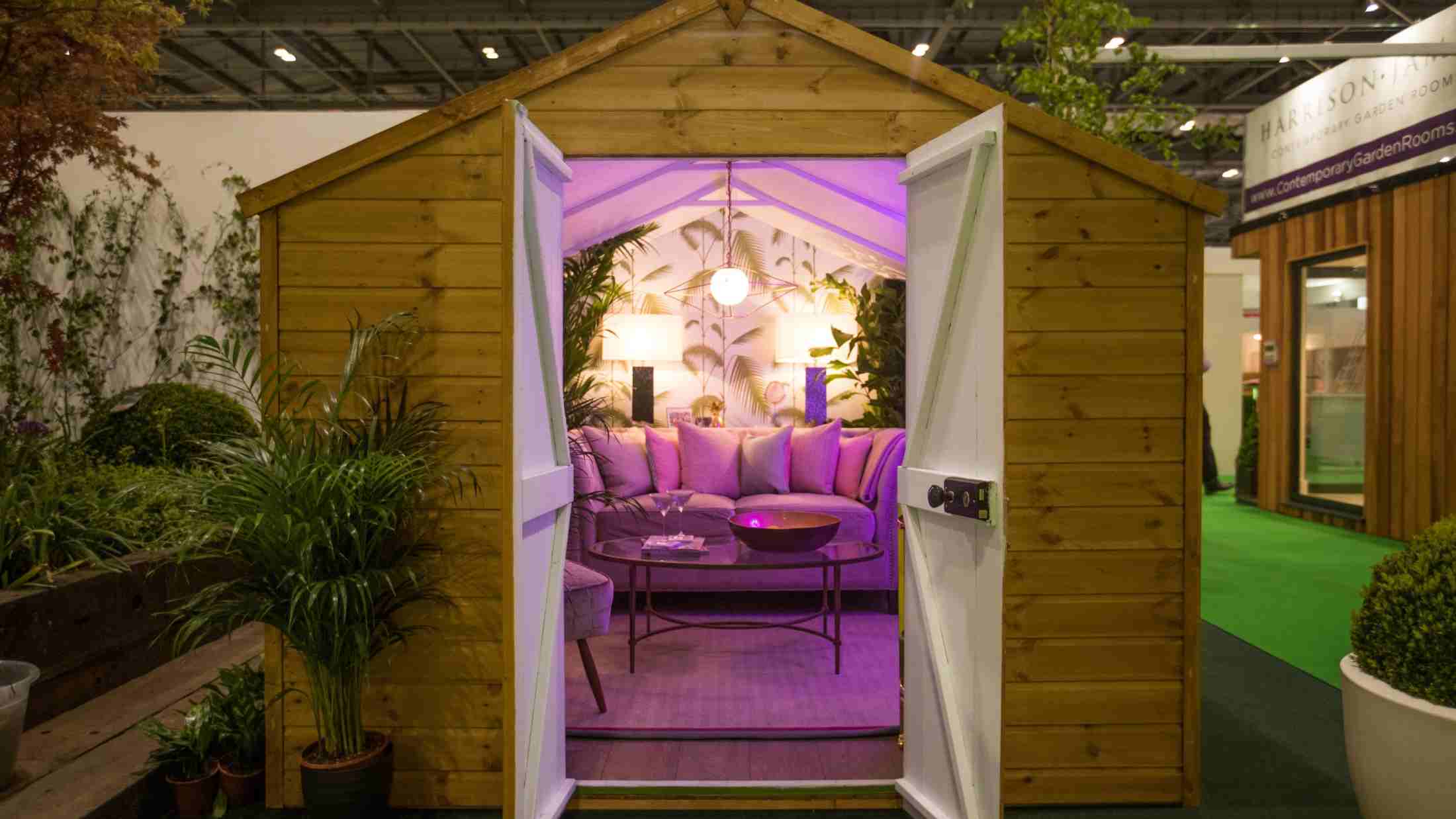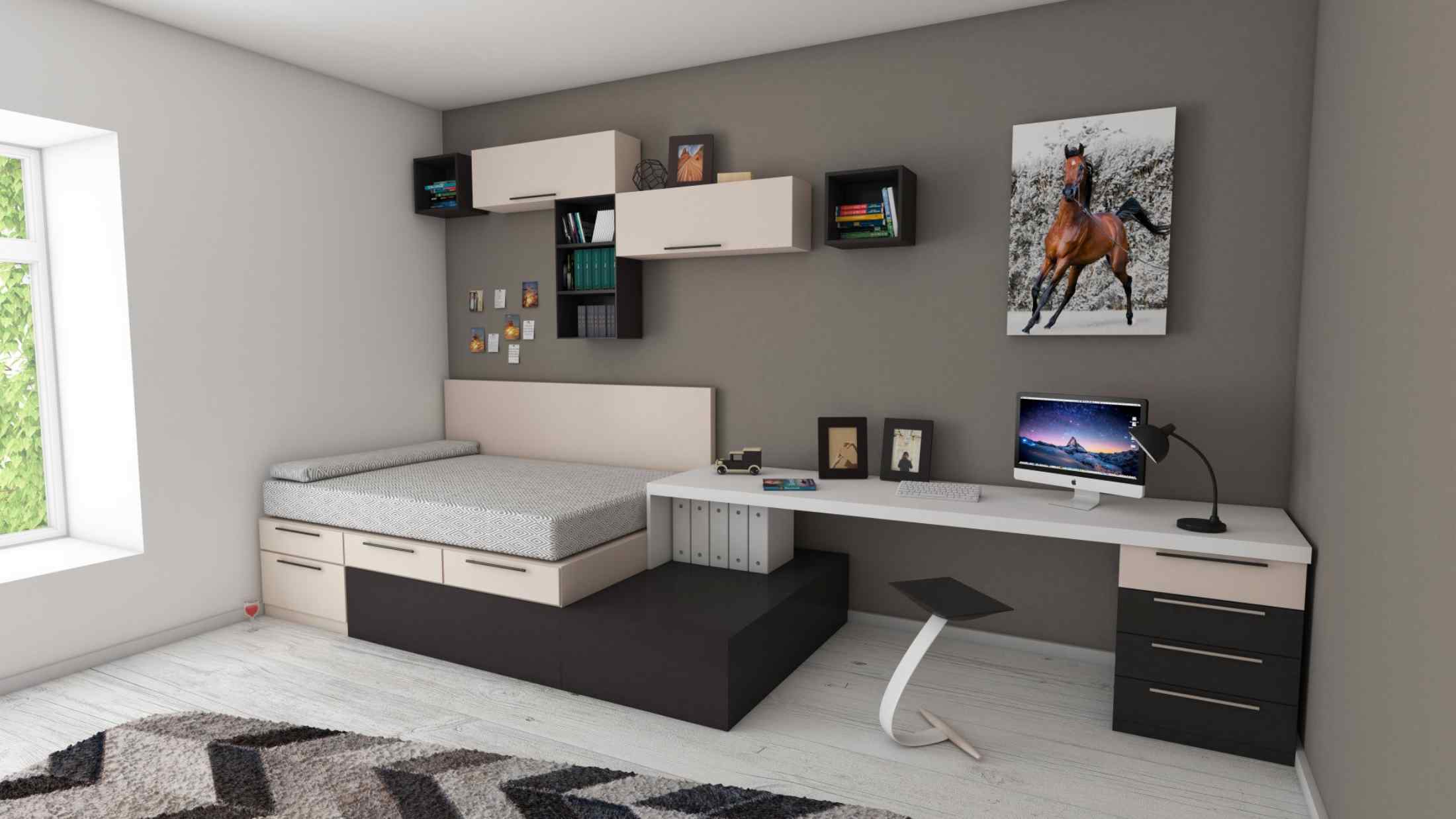It seems that few of us feel we have enough storage. At AXA, our home insurance team asked our customers about their storage needs: 30% think it would be nice to have more, 21% said it was ‘a bit of a squeeze’ and 15% actually struggle.
Households with children can find life a constant battle against clutter, and if you run a business from home, you’ll have extra storage requirements too.
However, there are a few easy and inexpensive things you can do to maximise your home’s storage potential. Here are some of our top storage hacks.
Dual-purpose furniture
There’s a large area with storage potential under a double bed. Choose beds with drawers underneath, or invest in pull-out boxes that slide underneath. Cushioned chests combine seating with storage, and old-fashioned farmhouse kitchen tables sometimes have drawers.
Make it a feature
If you’re working with a small space, it’s easier to make a feature of storage than disguise it. Use Pinterest for inspiration: whether your style is galvanised vintage buckets or rows of wicker baskets, there are all sorts of clever ways to create storage that looks fantastic.
Divide and store
Think about storage within storage: shelves and boxes within larger cupboards, racks inside kitchen units and on the back of cabinet doors. This allows you to fit more small items in, as well as making sure that everything’s accessible.
Boxing clever
Boxes are the simplest and cheapest storage solution. They come in many designs and can be moved around to where they’re most needed. A series of stackable boxes can hold everything from clothes to the recycling. They are also fantastic for kids’ toys (especially if they have lids for an instant tidy effect) and home offices.
Find the gap
Houses are littered with little-used areas that you can adapt. Is there space for a small desk and filing cabinet on the landing? Can you fit shelves or cupboards under the stairs? Empty fireplaces make excellent spaces for shelving.
Moving on up
If you make sensible use of boxes or shelving, an unused attic is a storage dream. Just be aware that the loft joists may not be designed to take heavy loads, and if you’re fitting floor boards, speak to your local planning department first. Some 22% of the people we surveyed about home working said they’d like to convert their loft into an office. This, or any other change of use, will definitely involve a chat with the planning team.
Look up!
Look upwards – can you get a row of eye-level cupboards in a hallway or utility room? Can you install floor-to-ceiling shelving? You can even buy hammocks for suspending excessive cuddly toys from the ceiling.
Moving on out
If you have a garden or yard, is there room for a shed? A good-quality shed (with a lock) provides dry storage for all manner of items; our contents insurance covers outbuildings. You can even install a small timber or plastic cupboard on a balcony for any outdoor items.
Car-share
Garages are usually generous in length, leaving plenty of space behind a vehicle for outdoor furniture, freezers and other bulky items. You may even decide that your need for space outweighs your need to house your car, although this affects vehicle insurance premiums. Again, look up: many garages have high ceilings which are an ideal space for platforms or shelving (again, check load-bearing capabilities).
Outsourcing storage
Sometimes, you simply have to accept that you’ve done all you can. In these days of outsourcing everything, you can even rent extra space when you need it. Hiring a container or box can be cheaper than moving to a larger house with extra space. Think about your budget, home insurance, climate control and ease-of-access.






